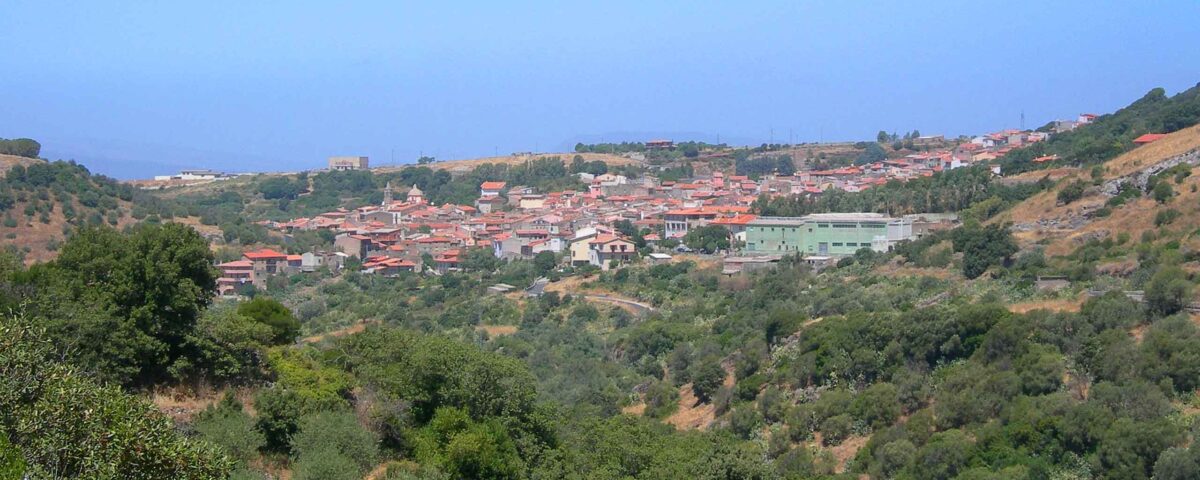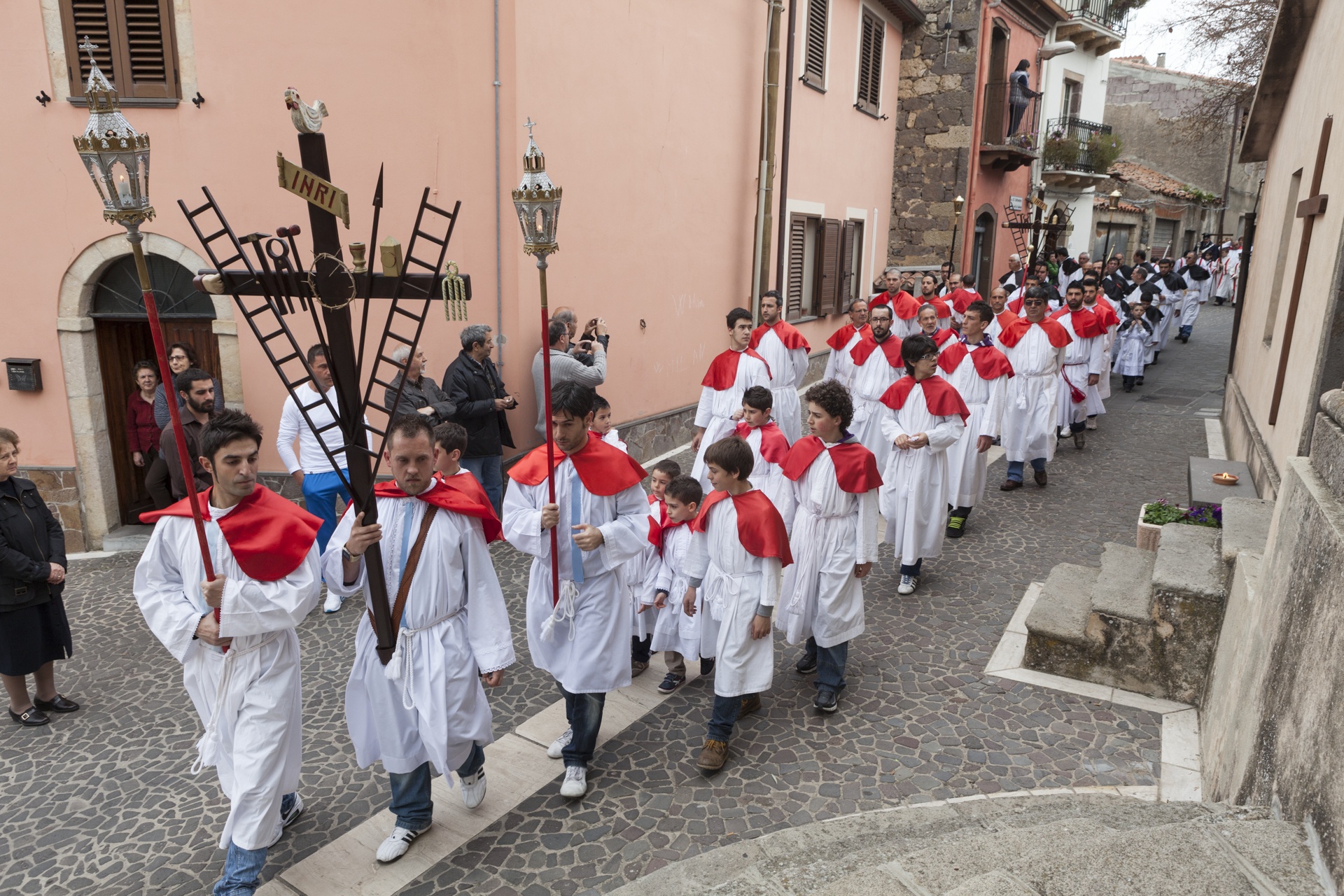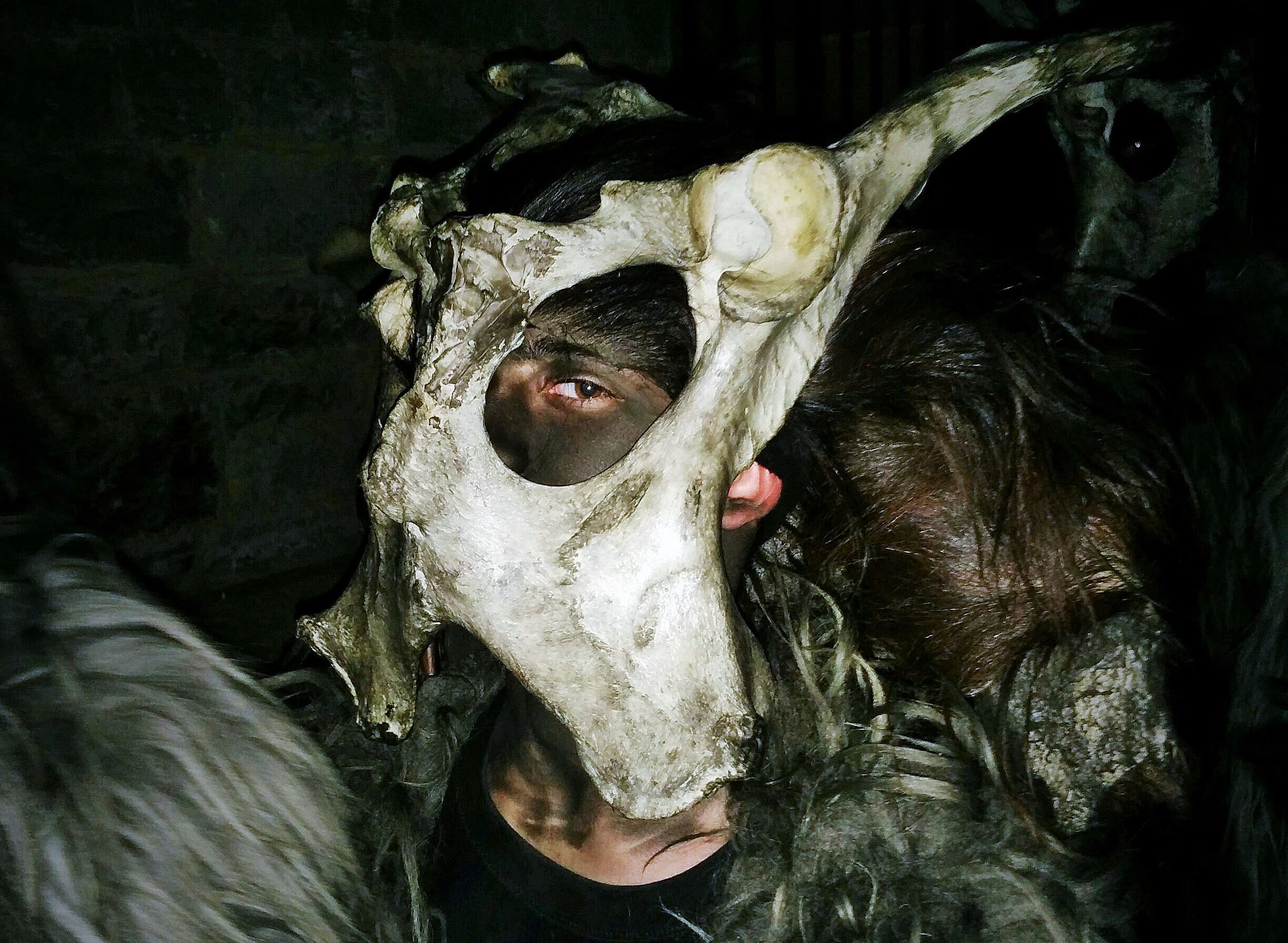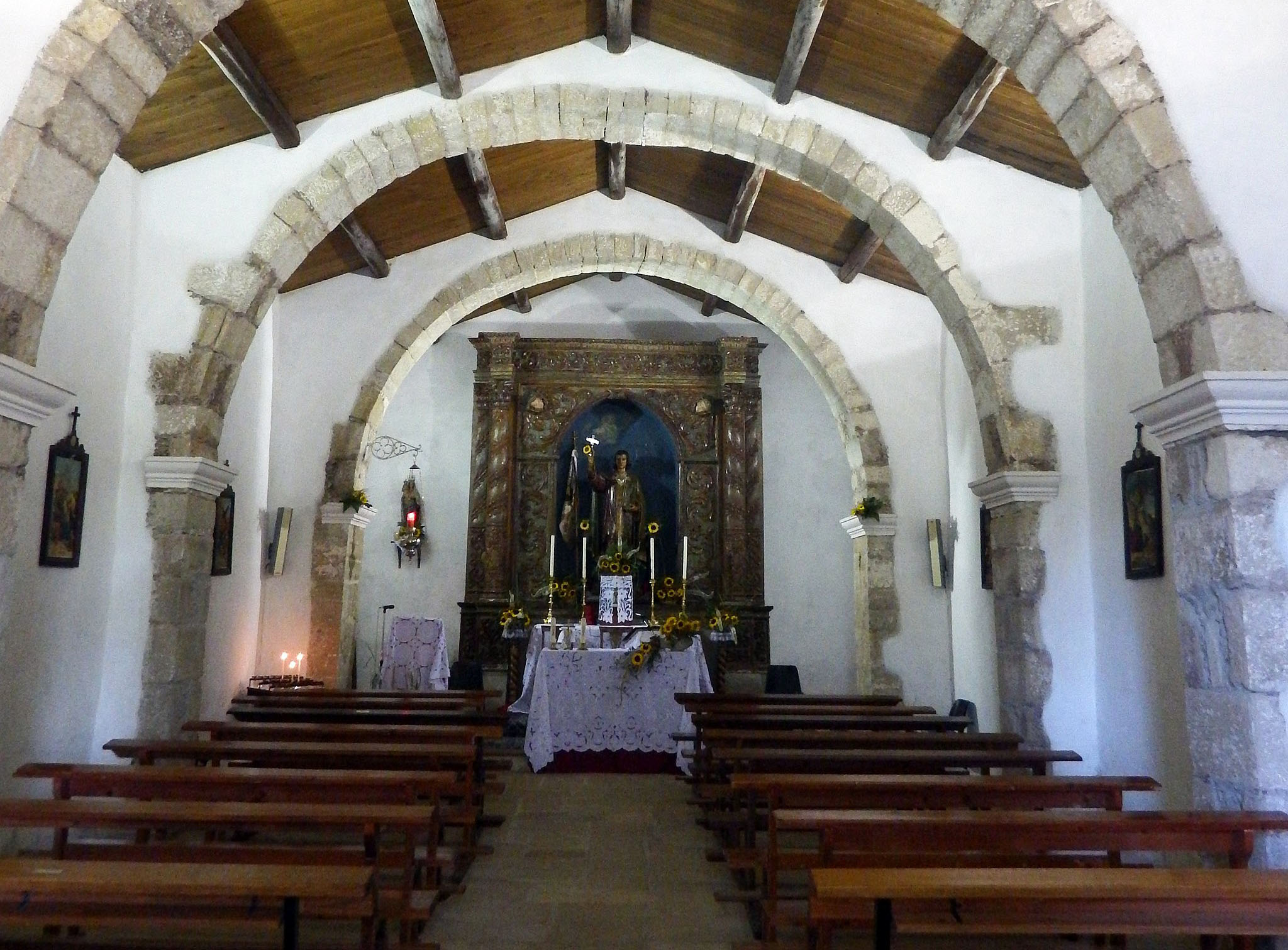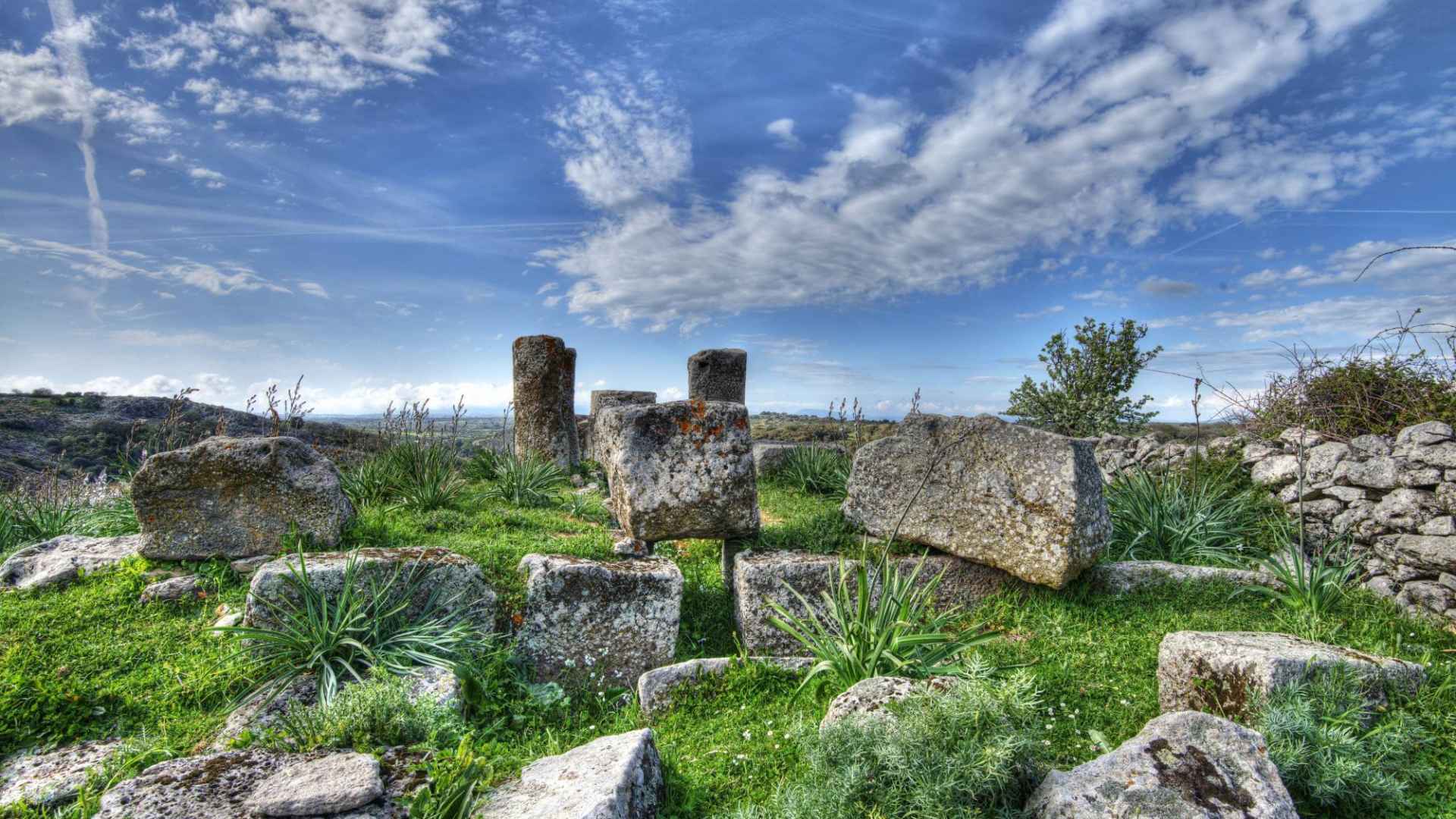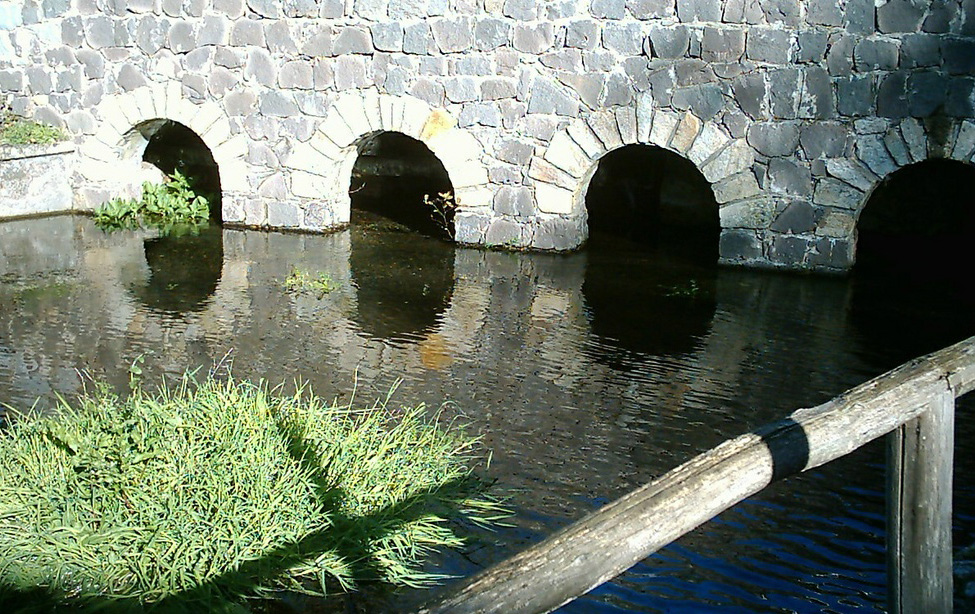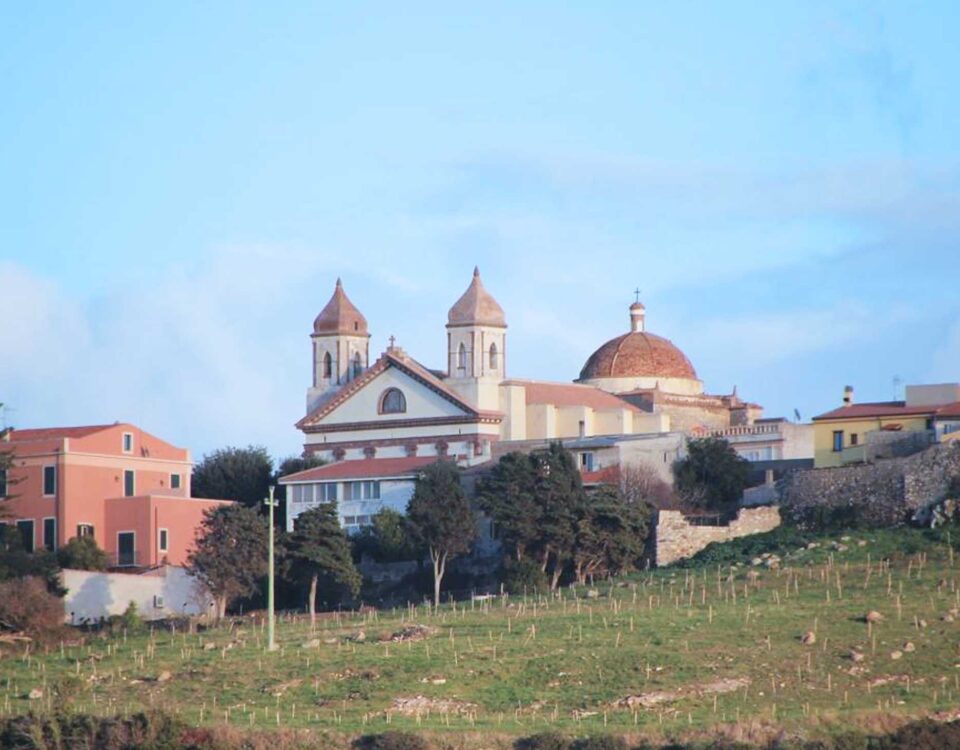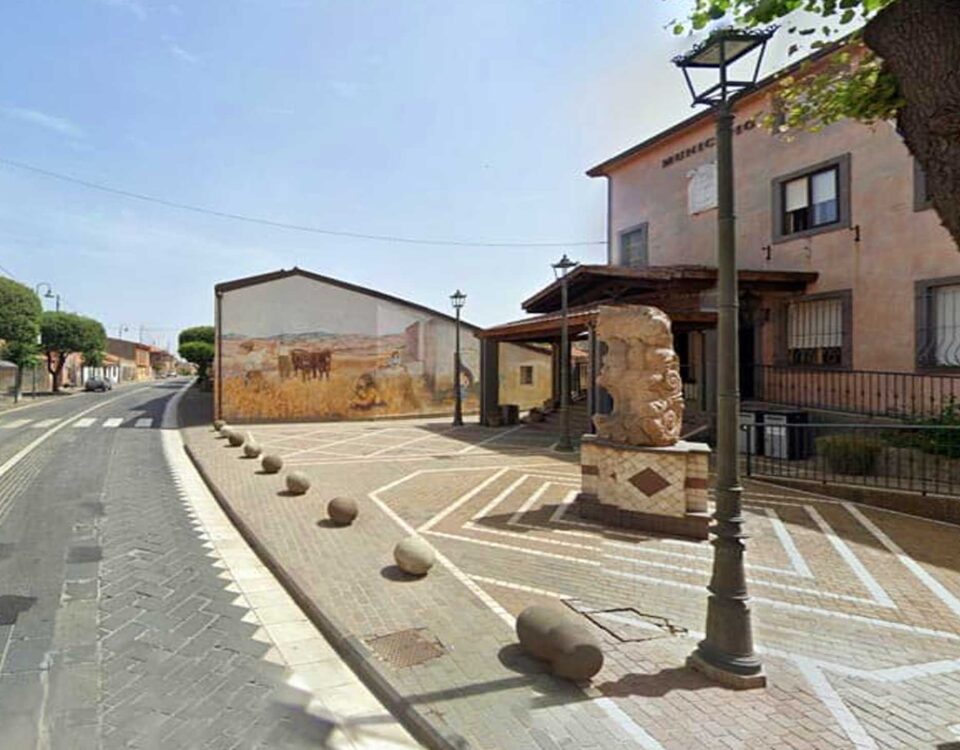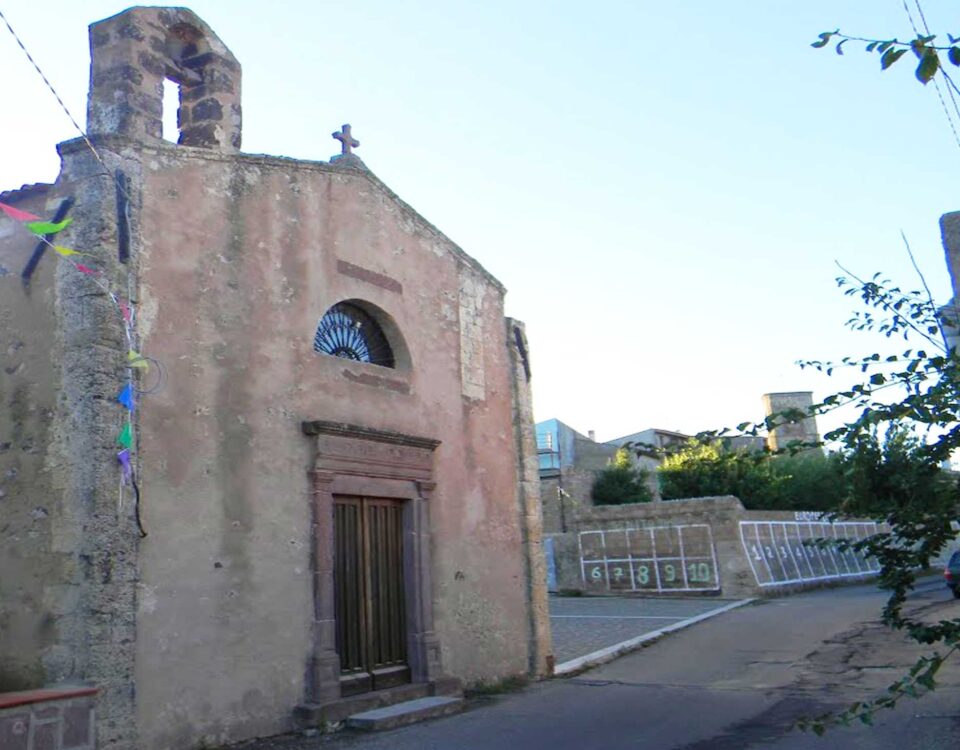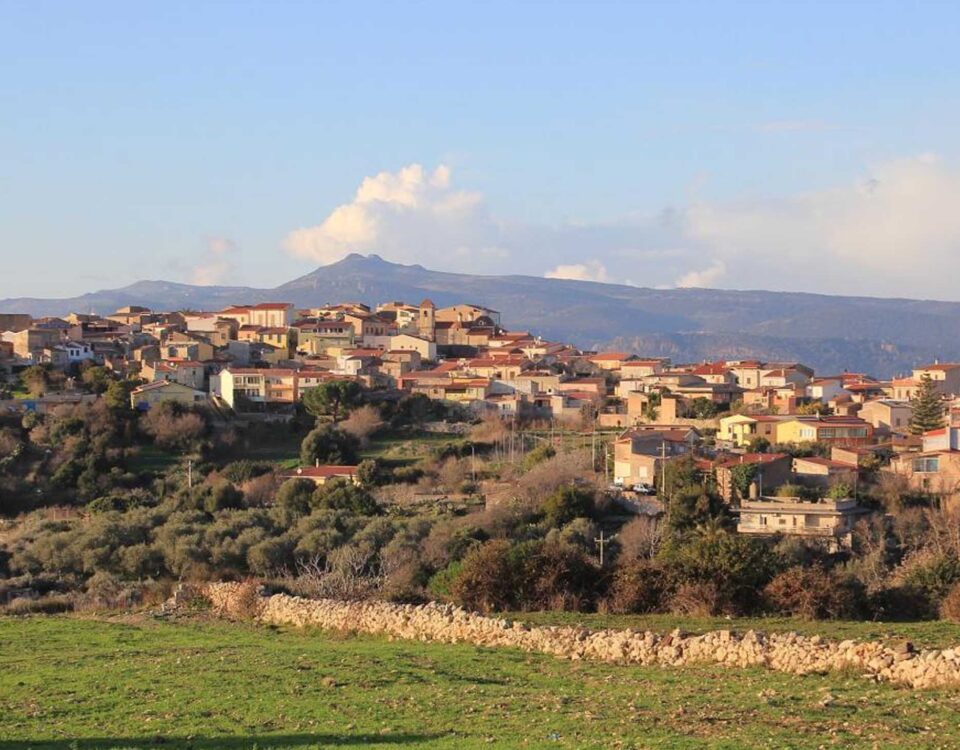
Municipality of Seneghe
28 March 2023
Municipality of Santu Lussurgiu
28 March 2023It climbs almost 400 metres above sea level on the northern slope of Montiferru, surrounded by olive groves and centuries-old forests of holm oaks, oaks and strawberry trees and dotted with springs famous for their beneficial effects. Scano di Montiferro is a village of about 1,500 inhabitants between Oristano and Bosa, half an hour's drive from the west coast, based on the cultivation of vines and olive trees, from which a prized (and award-winning) olive oil is derived. Another renowned activity is the production of honey.
The village, which speaks Logudorese, has deep-rooted customs: su cuncordu, a song that has accompanied the rites of Holy Week for centuries, traditional dances and festivals such as the fires of St Anthony Abbot, carnevale iscanesu, in which the archaic mask of s'Ainu Orriadore is the protagonist, sa festa 'e totta 'idda (every four years) and sa festa manna for St Peter the Apostle, at the end of June. The 18t century parish church is dedicated to the patron saint, where the ancient wooden simulacrum of the saint is preserved. The 15-century bell tower of the Madonna del Rosario and the 17-century façade of San Niccolò also stand out in the centre.
Among the country churches, suggestive are Santa Croce and San Giorgio, set on two hills 'guarding' the village, the best known being the church of Sant'Antioco, patron saint of Sardinia, six kilometres from the town. Built in 1636, it is flanked by accommodation for devotees during novenas and feasts of the saint, whose statue is accompanied in procession twice, a week after Easter and at the end of August.
READ ALL
The church also welcomes crowds of pilgrims from neighbouring towns. The saint also gives his name to the nearby springs of Saint Antiochus, which feed the aqueducts of the area and drive the mills of the rio Mannu.
Close to the village is the Via dei mulini, unique on the island, which has given rise to a palaeo-industrial activity since the Middle Ages. Of the original 16 mills, today you will see seven, with horizontal and vertical wheels. Also not to be missed are the waterfall of the s'Istrampu de Alere forest and the bird park, a nature museum populated by donkeys, Giara horses, fallow deer, emus, mouflons and flown over by flamingos, cranes, ibis, parrots and peacocks.
Large ponds are home to swans and geese. A visit to the sanctuary of Santa Barbara, two kilometres from the village, among the rocks and next to domus de Janas and the Abbaudi nuraghe, a building made of sandstone blocks, whose only tower is preserved for 16 rows and is nine metres high, is exciting. Around it are remains of a village. One of the most imposing nuraghi of Montiferru is the Nuracale, consisting of a central tower, eleven metres high, and a square of curtain walls and corner towers around it. In the area, you can also admire the tombs of giants of Pedras doladas. These are the three major expressions of the Nuragic civilisation, which has scattered traces of 50 settlements in an area frequented since the Neolithic period and inhabited later in the Punic-Roman period.


